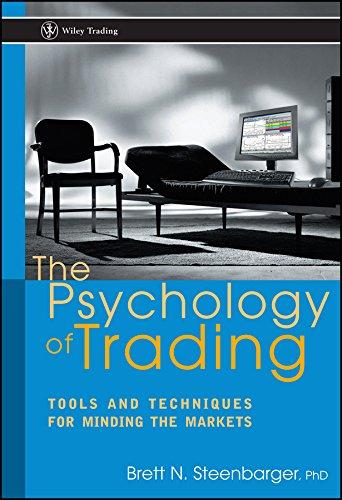Need help with questions 1-6!


BioCom, Inc.: Part 1 in MyFinanceLab. BioCom was founded in 1993, when several scientists Over lunch, BioCom's director of research and develand engineers at a large fiber-optic-cable company opment (R\&D) mentioned to the CFO that one of his best began to see that optical fiber for the telecommuni- young scientists had recently left the company because his cations industry was becoming a cheap commodity. line manager had rejected his project. Although not a patThey decided to start their own firm, which would tern, R\&D had experienced similar losses in the past. The specialize in cutting-edge applications for research in two executives discussed the problem and agreed that if the the life sciences and medical instruments. BioCom R\&D people understood the selection process better, they is now one of the leading firms in its niche field. might come up with more commercially viable projects and BioCom's management attributes the firm's success to understand the project's financial implications. The CFO its ability to stay one step ahead of the market's fast- has asked his assistant, Jane Donato, to prepare a retreat for changing technological needs. Almost as important is the R\&D department to explain the company's project seBioCom's ability to select high-value-added projects lection procedures. Jane is encouraged by the thought that and avoid commercial disasters. this group will have no trouble in following the math! BioCom's standard capital request form includes a narrative description of the project and the customer need that the company must fulfill. If the request originates with R&D, it then goes to the marketing department for a preliminary sales forecast and then to the production manager and cost analysts for cost estimates. If a proposal shows promise after these steps, it goes to the CFO, who has a staff member enter the data into a spreadsheet template. The template computes payback, discounted payback, net present value, internal rate of return, and modified internal rate of return. BioCom uses net present value as its primary decision criterion, but company executives believe that the other statistics provide some useful additional perspectives. To explain BioCom's capital budgeting techniques, Jane has decided to present the cash flows from two recent proposals: the nano test tube project and the microsurgery kit project. All figures are in thousands of dollars: Help Jane answer the following questions. Questions 1. Compute the payback period for each project. a. Explain the rationale behind the payback method. b. State and explain the decision rule for the payback method. c. Explain how the company would use the payback method to rank mutually exclusive projects. d. Comment on the advantages and shortcomings of this method. 2. Compute the discounted payback period for each project using a discount rate of 10%. a. Explain the rationale behind the discounted payback method. b. Comment on the advantages and shortcomings of this method. 3. Compute the net present value (NPV) for each project. BioCom uses a discount rate of 9% for projects of average risk. a. Explain the rationale behind the NPV method. b. State and explain the decision rule for the NPV method. c. Explain how the company would use the NPV method to rank mutually exclusive projects. d. Comment on the advantages and shortcomings of this method. e. Without performing any calculations, explain what happens to the NPV if the company adjusts the discount rate upward for projects of higher risk or downward for projects of lower risk. 4. Compute the internal rate of return (IRR) for each project. a. Explain the rationale behind the IRR method. b. State and explain the decision rule for the IRR method. Assume a hurdle rate of 9%. c. Explain how the company would use the IRR method to rank mutually exclusive projects. d. Comment on the advantages and shortcomings of this method. 5. Compute the modified internal rate of return (MIRR) for each project. a. Explain the rationale behind the MIRR method. b. State and explain the decision rule for the MIRR method. Assume a hurdle rate of 9%. c. Explain how the company would use the MIRR method to rank mutually exclusive projects. d. Explain how this method corrects for some of the problems inherent in the IRR method. 6. Explain to the R\&D staff why BioCom uses the NPV method as its primary project selection criterion









